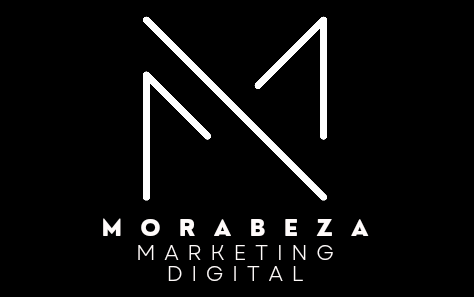


Become a content marketing expert with these key tips:
These tactics drive engagement and foster business growth.
Delve into these strategies to up your content marketing game.
Contents
Understanding your target audience is fundamental to successful content marketing. By creating distinct personas based on psychographic and demographic data, you can tailor your content to resonate with them.
This personalised approach increases engagement, generates traffic and increases conversions. Delve into the mindset of your audience by creating content that addresses their specific needs and desires.
Focus on high-impact content by removing or updating low-traffic pieces. Keep your audience engaged by regularly refreshing successful content.
Adapting your content to meet the diverse needs of your audience expands your reach and maximises traffic from different niches.
Want to get your content marketing strategy off on the right foot? Start by establishing clear business objectives.
Here are four essential steps to ensure that your content marketing is aligned with your business objectives:
To really connect with potential customers, it's crucial to understand the buyer's journey. This journey consists of three key stages: awareness, consideration and decision.
At first, in the awarenessprovide insightful content that helps buyers identify their needs and challenges.
As they move on to the considerationThe company also provides solutions and comparisons to help evaluate the available options.
Finally, as they approach the decisionIf you want to boost conversions, present them with irresistible value propositions.
By adapting your content to each stage of the buyer's journey, you are essentially guiding customers through their decision-making process and empowering them to make informed choices.
Keep an eye on the data and feedback to perfect your content strategies for each stage, ensuring a smooth journey towards conversion.
When you want to establish a real connection with your audience and build credibility, focus on creating content that addresses and solves the specific challenges your readers face.
When developing your content marketing strategies, keep in mind these fundamental approaches to dealing effectively with readers' questions:
The pillars and clusters is an intelligent way of structuring content that revolves around the creation of robust pillar pages supported by interconnected cluster content. Imagine the pillar pages as comprehensive guides on broad topics, while cluster content, such as blog posts or articles, delves into specific nuances, all of which are linked to the pillar page for context and depth.
By adopting the pillars and clusters model, content marketers can raise their SEO game, establishing authority on the topic and a solid internal link structure. This methodical approach not only increases visibility in search engines, but also improves the user experience by establishing a clear hierarchy of content.
In essence, the pillars and clusters model promotes a cohesive content strategy that combines the best practices of SEO with the principles of content marketing user-friendly.
Implementing the pillar-cluster approach establishes a robust foundation for your content strategy, allowing you to develop comprehensive articles that provide valuable insights and solidify brand authority.
When trying to create engaging long-form content that offers substantial value to your audience, here are some important considerations:
Creating elaborate content not only improves the reader's journey, but also increases the chances of obtaining valuable backlinks to improve the performance of your SEO.
By immersing themselves in analysis tools such as Google Analytics, content creators can keep a close eye on the performance of their content. Tracking important metrics such as page views, bounce rates and time on page provides valuable information on how engaged the audience is.
It's also crucial to analyse conversion rates and engagement metrics to better understand user behaviour and preferences. A/B testing is essential for adjusting content performance and improving the user experience.
Consistently reviewing analytical data makes it possible to make data-driven decisions, leading to improvements in content strategy. By using these tools and methods of analysis, content creators can make informed decisions to create more impactful and engaging content that really resonates with their target audience.
Consistency in content is like the secret ingredient of successful marketing strategies. It's the key element that boosts your online presence and keeps your audience engaged.
By offering a constant stream of consistent content, you not only improve your ranking in search engines, but also gain the trust of your audience, leading to more interactions and conversions.
Here are four convincing reasons why content consistency is an essential element in your marketing recipe:
Revitalising and improving your existing content assets is key to boosting performance and relevance. Historical optimisation is the strategic approach you need to breathe new life into your old content and make it shine in your content marketing strategy.
To update and reuse your material, you can extend its useful life, keep it up to date and make it more engaging for your audience. This method allows you to increase organic trafficYou can improve visibility and attract new eyes without having to create everything from scratch.
It's a cost-effective way to build on past victories and ensure that your content remains valuable over time. Adopting historical optimisation is a smart move to maximise your content resources and raise your overall game content marketing.
Want to shake things up and reach a wider audience? Repurposing your content is the answer! It's about taking what you already have and giving it a fresh twist to make a bigger impact.
Here are some smart strategies for doing it right:
